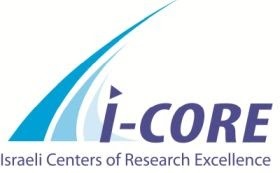is a Gram-negative anaerobic bacterium strongly associated with periodontal disease. Toll-like receptor 2 (TLR2) is indispensable for the host response to , but escapes from immune clearance via TLR2-dependent activation of phosphoinositide-3-kinase (PI3K). To probe the TLR2-dependent escape pathway of , we analyzed the TLR2 interactome induced following infection or activation by a synthetic lipopeptide TLR2/1 agonist on human macrophages overexpressing TLR2. Interacting proteins were stabilized by cross-linking and then immunoprecipitated and analyzed by mass spectrometry. In total, 792 proteins were recovered and network analysis enabled mapping of the TLR2 interactome at baseline and in response to infection. The infection-induced TLR2 interactome included the poly (ADP-ribose) polymerase family member mono-ADP-ribosyltransferase protein 9 (PARP9) and additional members of the PARP9 complex (DTX3L and NMI). PARP9 and its complex members are highly upregulated in macrophages exposed to or to the synthetic TLR2/1 ligand PamCys-Ser-(Lys) (PAM). Consistent with its known role in virally induced interferon production, PARP9 knockdown blocked type I interferon (IFN-I) production in response to and reduced inflammatory cytokine production. We found that drives signal transducer and activation of transcription (STAT) 1 (S727) phosphorylation through TLR2-PARP9, explaining PARP9's role in the induction of IFN-I downstream of TLR2. Furthermore, PARP9 knockdown reduced PI3K activation by , leading to improved macrophage bactericidal activity. In summary, PARP9 is a novel TLR2 interacting partner that enables IFN-I induction and immune escape in macrophages downstream of TLR2 sensing.

